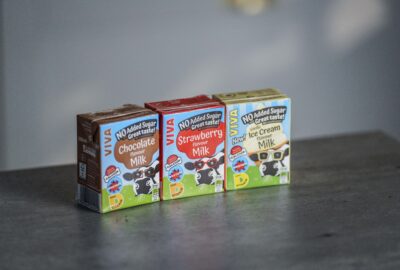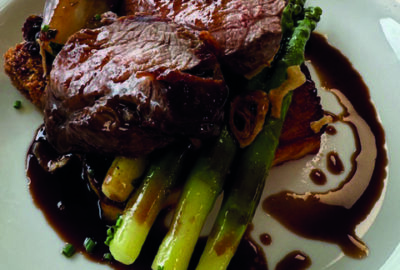By using energy more efficiently, you can save money, improve working conditions in the kitchen help the environment. According to the Carbon
Trust, savings of at least 20% are achievable by introducing simple measures.
Cooking equipment – Review catering equipment and see what savings could be made, as upgrading could save energy and money. For example, a combi steam or convection oven can reduce energy costs by 50% when
compared to other appliances. Induction hobs only use energy when the pan is in place. When you purchase equipment, compare the power rating and energy consumption before making a decision.
Cleaning and maintenance -Equipment should be regularly serviced to ensure heating elements, burner jets and so on are in good working order. Frequent cleaning is important to remove deposits, scale and corrosion which could affect heat transfer.
Staff training – Raise awareness among staff about saving energy by holding regular meetings. Appoint “Energy Champions”, staff members responsible for the energy used on site. Provide information about pre-heat times, control settings and good practice. Place stickers above light switches reminding staff to switch them off when not in use and place posters around the building.
Refrigeration – Fridges and freezers should be placed in the coolest part of
the kitchen, with at least 50mm of air gap around each unit to allow air to circulate. Keep fridge doors closed as much as possible.
Ventilation systems – These account for as much as 15% of overall electricity use, so make sure that the controls are set correctly. Clean ventilation units and extractor hood grease filters regularly as dirty or faulty fans, air ducts and components can affect the unit’s efficiency.
Lighting – Fluorescent tubes are the best choice in kitchens as they supply sufficient lighting for working conditions, as well as being reasonably efficient.
For further information www.carbontrust.com
Source: Carbon Trust


